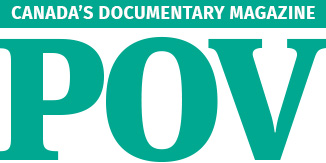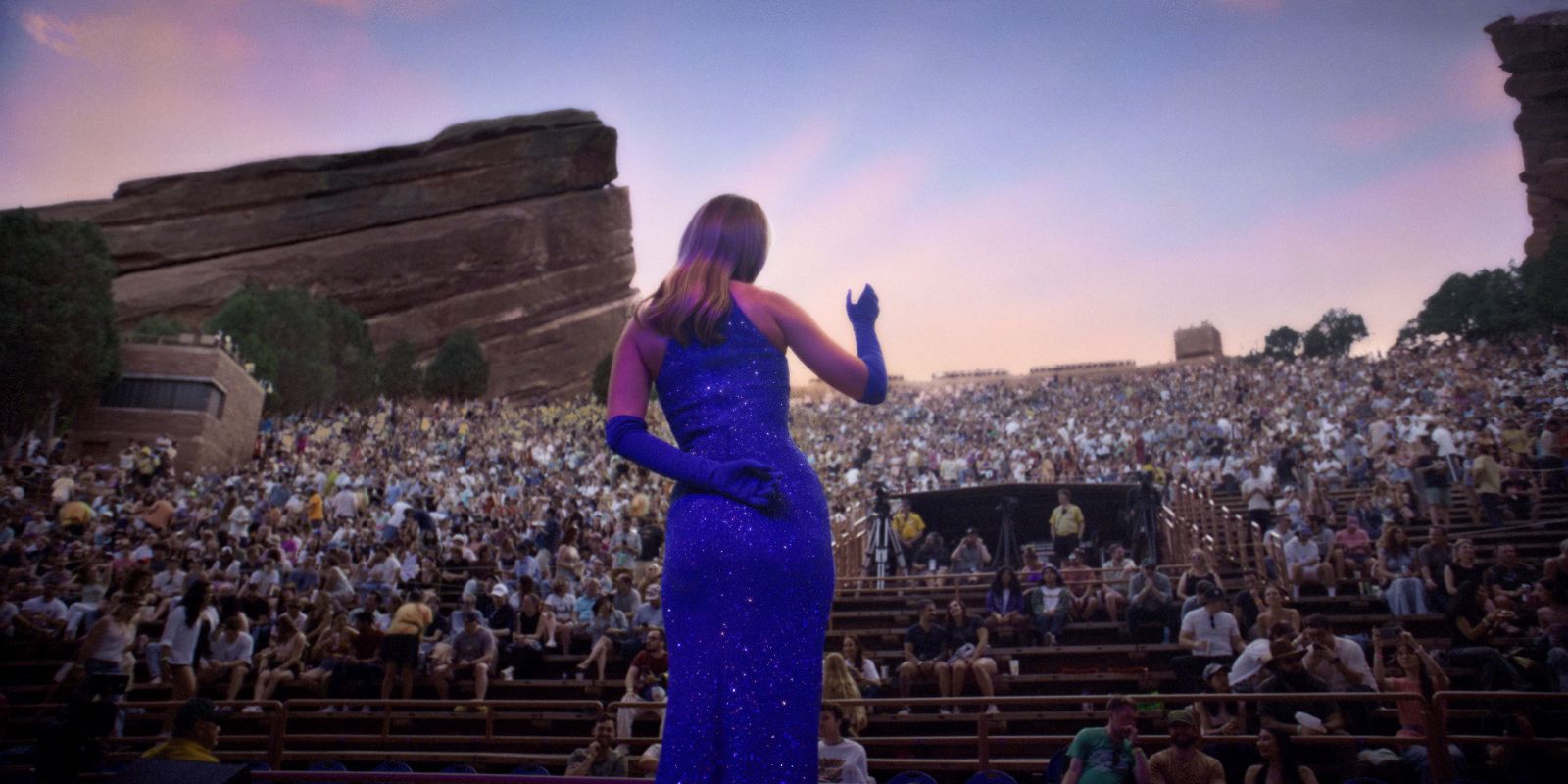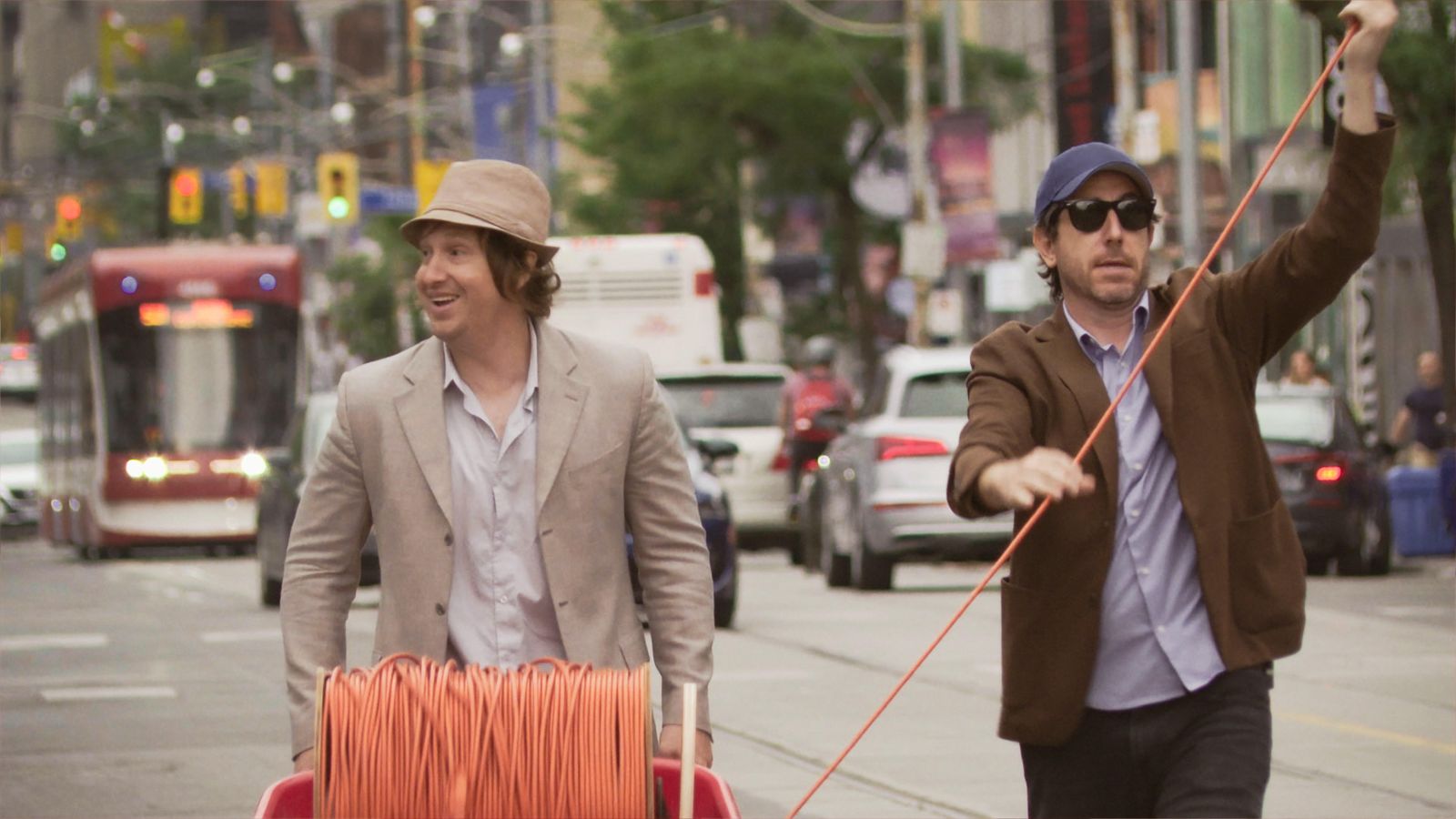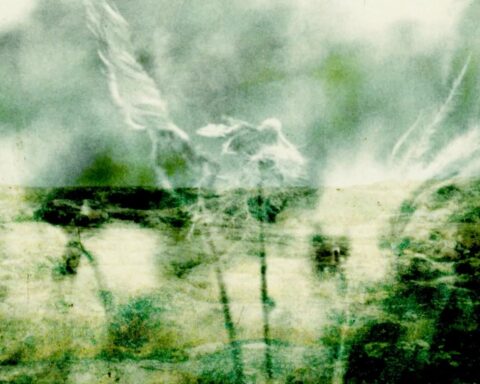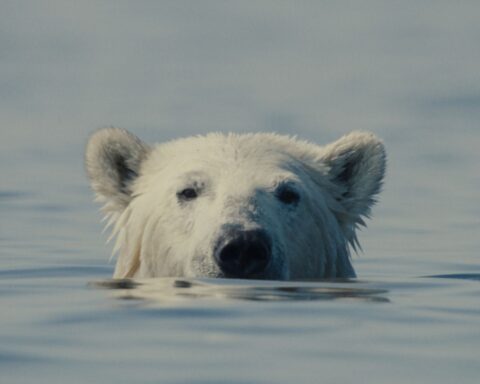Orwell: 2+2=5
(USA/France, 129 min.)
Dir. Raoul Peck
Programme: TIFF Docs (North American premiere)
It’s been 76 years since George Orwell’s landmark novel 1984 was first published. However, the perils of Big Brother are more reality than science fiction circa 2025 with artificial intelligence, fake news, and a string of nonsensical right-wing populists leading governments worldwide. Orwell: 2+2=5 makes the case that the best literature continually speaks to the present. This searing essay from Raoul Peck (Ernest Cole: Lost and Found) explores the chilling prescience of Orwell’s texts in contemporary contexts. His work is perhaps more relevant than ever as the chorus of talking heads makes smart associations between classic literature and contemporary tragedies, illustrating humankind’s failure to learn the moral of the story.
The film weaves Orwell’s biography with excerpts from his diaries, read in voiceover by actor Damian Lewis (Homeland). The design mirrors Peck’s take on James Baldwin in I Am Not Your Negro, but perhaps without the same degree of poetry. Peck doesn’t aim for delicacy here as Orwell is cut from the cloth of conventional point of view docs. It’s as subtle as a billboard whacked to the face, but maybe that’s the tactic that audiences need nowadays.
Featuring talking heads, multicolored intertitles, and nifty graphics that hammer points home, the documentary boasts an unabashed directness to its messaging. However, some talking heads in Orwell admit that didacticism characterizes the author’s work, so there’s a fair marriage of form and content. Moreover, Peck and company grasp that it’s naïve to assume media literary in 2025. Perhaps giving readers too much credit in the age of TL;DR is how we got here.
Orwell’s words situate a droll observation of the social structures that would inform his work. He references an upbringing in a “lower-upper-middle class” family and having the hierarchy of Britain’s class system drilled into him when reduced fees and scholarships let him attend posher schools than his neighbours did.
Peck accentuates these observations with droll archival clips that evoke the longevity of social currents. Photos of boys at Eton College in the 1920s give way to a Three Stooges-like bit from television years later in which a tall man, a shorter man, and an even shorter man land a great joke about knowing one’s place in society.
These themes run throughout the intellectual analysis of Orwell’s work. His books and biography serve as both text and methodology for Peck’s essay. Orwell knows that much of the biographical bits are just a Google click away (or, for the adventurous, a trip to the library). Instead, it elevates a biographical portrait by using the man and his writing to interrogate the world he anticipated.
The film dives into topical analysis of surveillance technology, proving that Orwell’s Big Brother panopticon might be his most unsettling prediction when 24/7 surveillance technology is a norm. Moreover, the talking heads share how surveillance offers a level of invasiveness of which Big Brother could only dream as data-mining and personal information sharing bring scrutiny into the public arena.
The doc includes recurring images from film adaptations of 1984, including Michael Radford’s 1984 version with John Hurt and Michael Anderson’s 1956 take with Edmond O’Brien. Peck takes special interest in the titular equation that adds up to the present predicament. It’s a scene in which prisoners under a draconian rule face an interrogator. He holds up four fingers and tortures them until they characterize the number of digits as five.
Peck holds on to this idea of blindness both willful and forced. It proves a fitting equation for today’s politics when Donald Trump and his supporters parrot any notion that’s demonstrably false. COVID, voter fraud, hostility to journalists, and other tallies in Trump’s rap sheet of crimes all get their due here. But images of Trump supporters denying blatant lies don’t really need to be spliced with scenes of prisoners repeating the party line in 1984 or pigs spewing propaganda in Animal Farm to accentuate the darkly hilarious tragedy of a nation run by capitalist swine.
The contemporary pigs symbolize what one talking head calls the “enshittification” of culture as new tools bring new lows in human behaviour. One could say we’re amusing ourselves to death, but that’s another writer. Instead, Peck presents a global war of information as disenfranchised communities and minority groups are targeted by fake news, gen A.I. photos, and social media targeted advertising among the various weapons in Big Brother’s digital arsenal.
While Peck isn’t afraid to hit the nail on the head to make his point, there’s an admirable fearlessness to the call-it-like-it-is philosophy that fuels Orwell. He’s not afraid to equate leaders like Putin, Trump, and Netanyahu with Hitler, Mussolini, and Stalin. Current events like the war in Ukraine, the Rohingya genocide, and Israel’s war crimes in Palestine offer inevitable extensions of the information war that brings a human toll. In making these associations through images of drowned refugees, suffering Syrians, displaced Gazans, and others, Orwell flips the question back on viewers. It asks everyone in the room if they’re willing to call the four fingers like they really are or let the math add up to five.
Orwell: 2+2=5 screens at TIFF 2025. It opens in theatres this fall.
Get more coverage from this year’s festival here.
For another take on the film, read Jason Gorber’s first look from Cannes.

